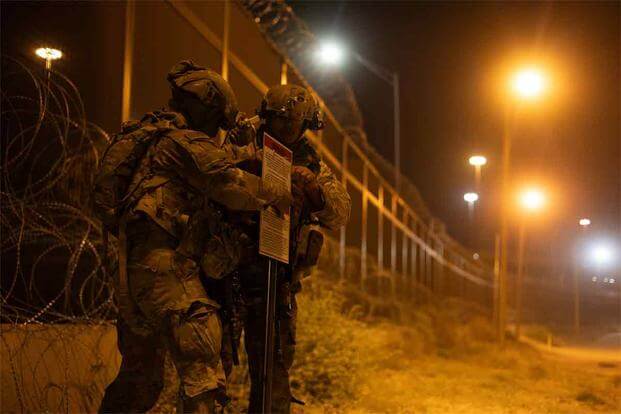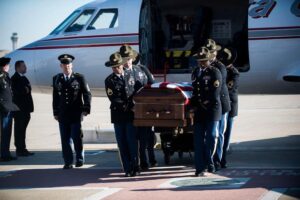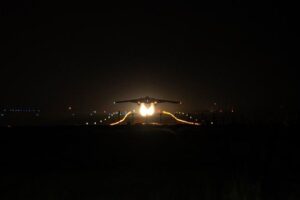U.S. Military Expands Border Control Role with New Land Acquisition in Texas
In a significant move to bolster border security, the U.S. military has acquired additional federal land in Texas near the border, marking an expansion of military involvement in immigration control. This transfer allows military personnel to engage in activities such as detaining migrants and enforcing trespassing laws.
The U.S. Northern Command declared this new military zone as an extension of Fort Bliss in El Paso. This follows a similar acquisition of the Roosevelt Reservation in New Mexico, now part of Fort Huachuca. Troops stationed in Texas are now authorized to detain individuals, perform searches, implement crowd control, and erect barriers and signage.
This land transfer is a component of former President Donald Trump’s comprehensive and unique national immigration policy, further embedding military involvement in border security beyond prior deployments.
“This is the second area in which Joint Task Force-Southern Border service members who are already detecting and monitoring through stationary positions and mobile patrols nearby can now temporarily detain trespassers until they are transferred to an appropriate law enforcement entity,” stated Gen. Gregory Guillot, head of U.S. Northern Command, in a concise news release.
The decision to transfer this land has sparked concerns among human rights groups and policy experts, who argue it skirts the Posse Comitatus Act, which prohibits military engagement in certain law enforcement roles. U.S. Customs and Border Protection (CBP) has been actively arresting individuals found trespassing on defense-owned territory.
The newly designated area spans approximately 63 miles between El Paso and Fort Hancock, Texas, according to a defense official. The area is primarily patrolled by a Stryker brigade deployed earlier this year.
In New Mexico, migrants entering the defense zone face charges of unlawful entry and trespassing on military property, with potential penalties of up to a year in prison and fines reaching $100,000. Troops identify these individuals using aerial surveillance in collaboration with CBP agents.
“Joint Task Force-Southern Border air assets supporting U.S. Customs and Border Protection, as well as transporting a partnered U.S. Border Patrol agent, surveilled trespassers from the sky,” the defense official commented. “Communication occurred between the agent on board the aircraft and U.S. Border Patrol agents on [the] ground, who executed the final apprehension of the alleged trespassers.”
Military.com noted the installation of 152 warning signs in the New Mexico area earlier this week, though it remains unclear if similar signage has been implemented in the new Texas zone.
The military’s role in immigration enforcement has grown since January, with thousands of troops stationed along the southern border, facilitating deportation flights, and managing detained migrants at the Guantanamo Navy base in Cuba.










